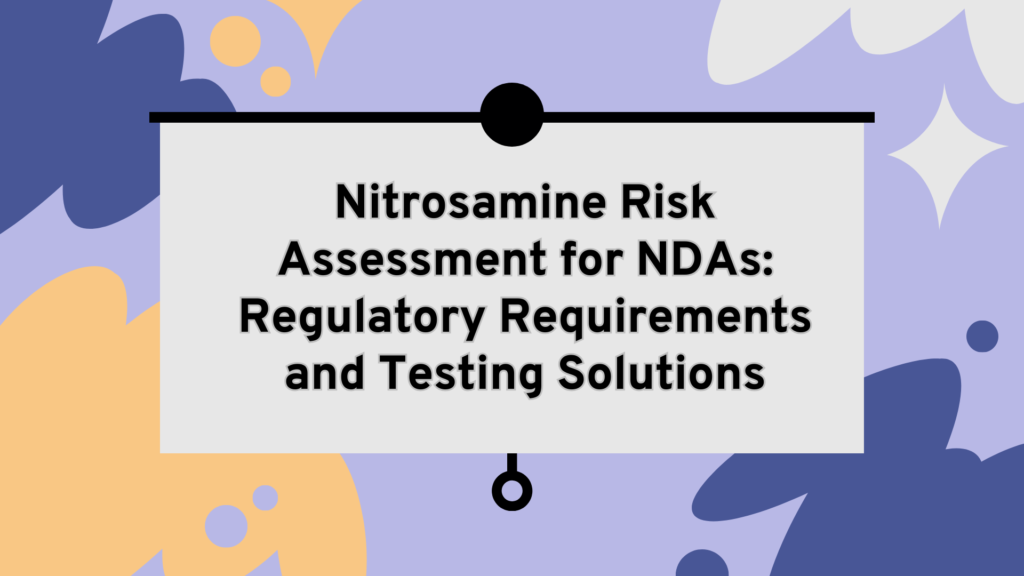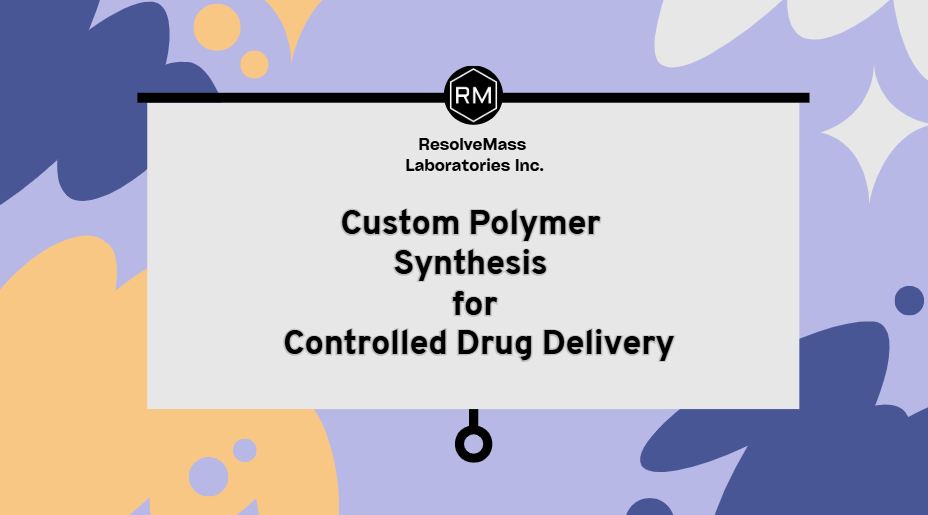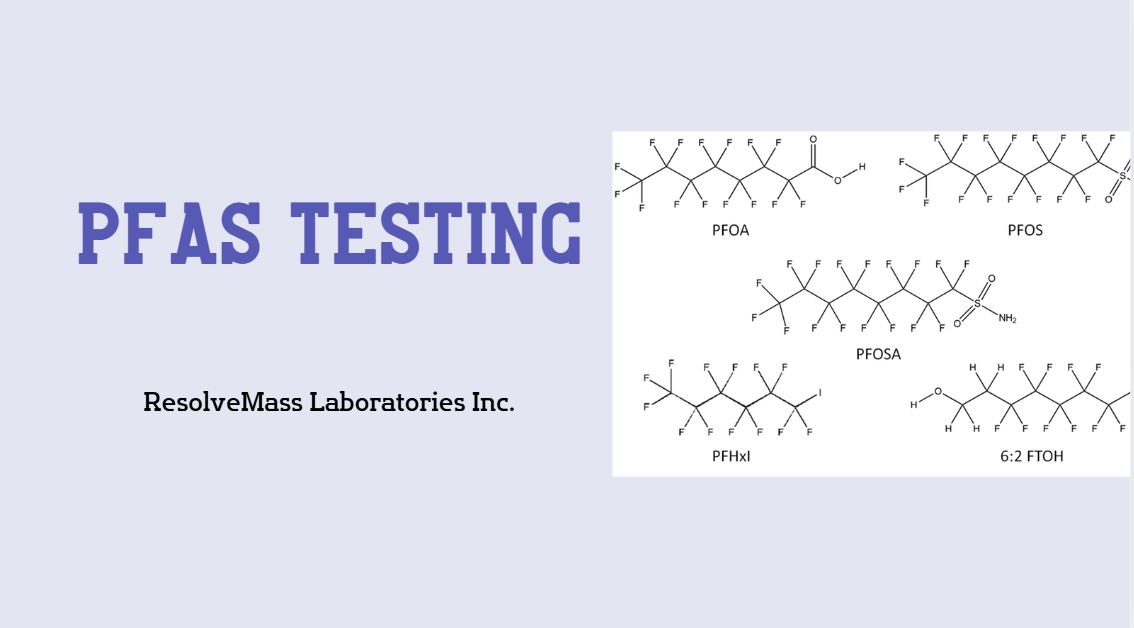
Introduction
The emergence of nitrosamines as genotoxic impurities has triggered global regulatory scrutiny, necessitating a proactive approach to nitrosamine risk assessment for NDA submissions. Regulatory agencies such as the USFDA, Health Canada, and EMA now require comprehensive assessments and confirmatory testing for nitrosamine impurities in drug products and APIs. For pharmaceutical companies preparing a New Drug Application (NDA), nitrosamine risk assessment for NDA is no longer optional—it is a regulatory imperative.
At ResolveMass Laboratories Inc., we specialize in advanced nitrosamine analytical services tailored for both novel and generic submissions. Our deep regulatory expertise, validated analytical platforms, and synthesis capabilities make us a partner of choice for nitrosamine risk assessment for NDA.
Explore Nitrosamine Testing Services →
Understanding Nitrosamines: Why They Matter in NDA Submissions
Nitrosamines are a class of probable human carcinogens (IARC Group 2A) formed via reactions between secondary amines and nitrosating agents, particularly under acidic or oxidative conditions. NDMA (N-Nitrosodimethylamine), NDEA, NMBA, and more recently, NDSRIs (Nitrosamine Drug Substance Related Impurities), are of concern.
Health Canada and USFDA now mandate a stepwise risk assessment framework during NDA submissions to identify, mitigate, and quantify the presence of nitrosamines.
Common Nitrosamine Sources in Drug Products for Nitrosamine Risk Assessment for NDA
- Active Pharmaceutical Ingredients (APIs): Secondary/tertiary amines, residual reagents
- Excipients: Nitrite-containing antioxidants or preservatives
- Manufacturing Process: Acidified environments, quenching agents, or contaminated solvents
- Packaging Materials: Nitrosating agents in rubber or plastic components
Regulatory Framework: Nitrosamine Risk Assessment for NDA
Health Canada
In line with EMA and USFDA, Health Canada’s guidance for nitrosamine impurities emphasizes:
- Risk assessment reports for all human pharmaceutical products
- Justification of absence or presence of risk based on synthesis route and formulation
- Confirmatory testing using validated methods
- Submission of mitigation strategies and timelines
USFDA
The FDA’s latest guidance outlines a three-step process:
- Risk Assessment: Determine whether nitrosamines can form or be present
- Confirmatory Testing: If risk is identified, test the product using validated methods
- Reporting: Submit changes via Prior Approval Supplement or Annual Report
Both agencies require reporting limits as low as 18 ng/day, depending on the nitrosamine’s carcinogenic potential and the product’s MDD (Maximum Daily Dose).
Technical Workflow: Step-by-Step Nitrosamine Risk Assessment for NDA
Step 1: Detailed Process Mapping
- Full retrosynthetic analysis of the API
- Identification of potential nitrosamine precursors (e.g., DMF, amines, sodium nitrite)
- Review of all excipients, solvents, reagents, and catalysts used
Step 2: Structural Assessment of NDSRIs
ResolveMass Laboratories uses in-silico tools (e.g., CASE Ultra, Derek Nexus) to identify possible NDSRIs based on the API’s chemical structure.
- Nitrosatable motifs such as secondary/tertiary amines
- Vulnerability during salt formation or storage
- pKa profiling and structure-activity relationships
Step 3: Analytical Method Development for Nitrosamine Risk Assessment for NDA
Our lab develops LC-MS/MS or GC-MS based methods for detection of:
- Volatile nitrosamines (NDMA, NDEA, NMBA, etc.) using GC-MS
- Non-volatile nitrosamines and NDSRIs using UHPLC-QToF or Orbitrap MS
LOD and LOQ are typically validated to parts-per-billion (ppb) or ng/mL levels in complex matrices like tablets, capsules, or injectables.
Discover our Analytical Capabilities →
Custom Synthesis of Nitrosamine Impurities
To enable accurate method validation and system suitability testing, ResolveMass provides:
- Custom synthesis of NDSRI standards
- Full characterization by NMR, HRMS, and HPLC
- Stability studies for impurity benchmarking
This ensures confirmatory methods are robust and compliant with ICH Q3A/B guidelines.
Case Study: NDA Filing for a Modified-Release Antihypertensive Drug
Challenge: A client required full nitrosamine risk assessment for NDA submission of a modified-release product.
- API had tertiary amines and nitrates as counterions
- Excipients included nitrite-prone binders
- No prior nitrosamine data available
Our Solution:
- Complete structural elucidation of possible NDSRIs
- Developed and validated LC-MS/MS method (LOD < 5 ppb)
- Synthesized 3 NDSRIs in-house
- Generated a regulatory-ready risk assessment report and confirmatory test dossier
Learn about Custom Testing Solutions →
Why Choose ResolveMass Laboratories?
Our end-to-end services for nitrosamine risk assessment for NDA include:
- Decade-long experience in genotoxic impurity testing
- Advanced LC-MS/MS, GC-MS, and HRMS instrumentation
- Custom impurity synthesis and full spectral characterization
- Regulatory documentation aligned with USFDA and Health Canada expectations
- Fast turnaround with QA-reviewed reporting packages
Partner with Our Nitrosamine Team →
Conclusion
Nitrosamine risk assessment for NDA submissions is a crucial step toward regulatory approval in both Canada and the United States. With increasingly stringent guidelines and low allowable limits, pharmaceutical manufacturers must work with expert analytical partners. ResolveMass Laboratories brings technical depth, regulatory alignment, and scientific excellence to your nitrosamine control strategy.
Whether you’re submitting a new drug, reformulation, or generic, nitrosamine risk assessment for NDA will define your success in regulatory review—and ResolveMass is ready to support your team every step of the way.
Internal Links (inserted within blog):
- Nitrosamine Analysis Services
- Nitrosamine Confirmatory Testing
- NDSRI Synthesis Services
- LC-MS/MS Testing Solutions
- GC-MS for Volatile Nitrosamines
- Custom Impurity Characterization
- Nitrosamine Testing in Canada
Contact Links (to be repeated at the end of the blog):
ResolveMass Laboratories Inc.: Experience, Expertise, and Trust You Can Count On
ResolveMass Laboratories Inc. has established itself as a trusted name in the domain of nitrosamine testing services in Canada. With over a decade of dedicated experience, we have completed hundreds of successful nitrosamine testing and risk assessment projects for both domestic and international clients. Our scientists possess advanced degrees in analytical chemistry and pharmaceutical sciences, bringing a wealth of expertise to every project.
We are one of the few Canadian CROs to offer a complete in-house nitrosamine testing solution—from risk assessment to confirmatory analysis, regulatory documentation, and expert consultation. We continually invest in cutting-edge technologies and method development, keeping pace with evolving regulations and industry demands.
Our clients trust us because we not only deliver accurate results but also help them understand and resolve complex impurity challenges. Choose ResolveMass Laboratories for your nitrosamine testing services in Canada—where precision meets reliability.
Ready to Get Started?
📩 Contact our expert team
📞 Request a quote for method development
📅 Book a consultation with our scientists
🧪 Submit your sample for testing
References
- EMA. (2021). Assessment and Mitigation of Nitrosamine Risk in Human Medicines. https://www.ema.europa.eu/en/documents/referral/nitrosamines-emea-h-a53-1490-assessment-report_en.pdf
- FDA. (2021). Control of Nitrosamine Impurities in Human Drugs. https://www.fda.gov/media/141720/download
- Health Canada. (2020). Guidance on Nitrosamine Impurities in Medications. https://www.canada.ca/en/health-canada/services/drugs-health-products.html
- ICH. (2023). ICH M7(R2) – Control of Mutagenic Impurities. https://database.ich.org/sites/default/files/M7_R2_Guideline_Step4_2023_0223.pdf

